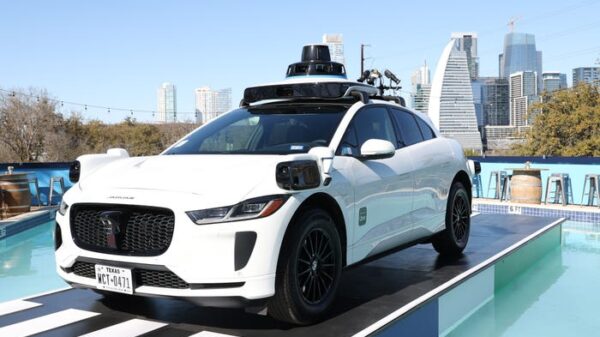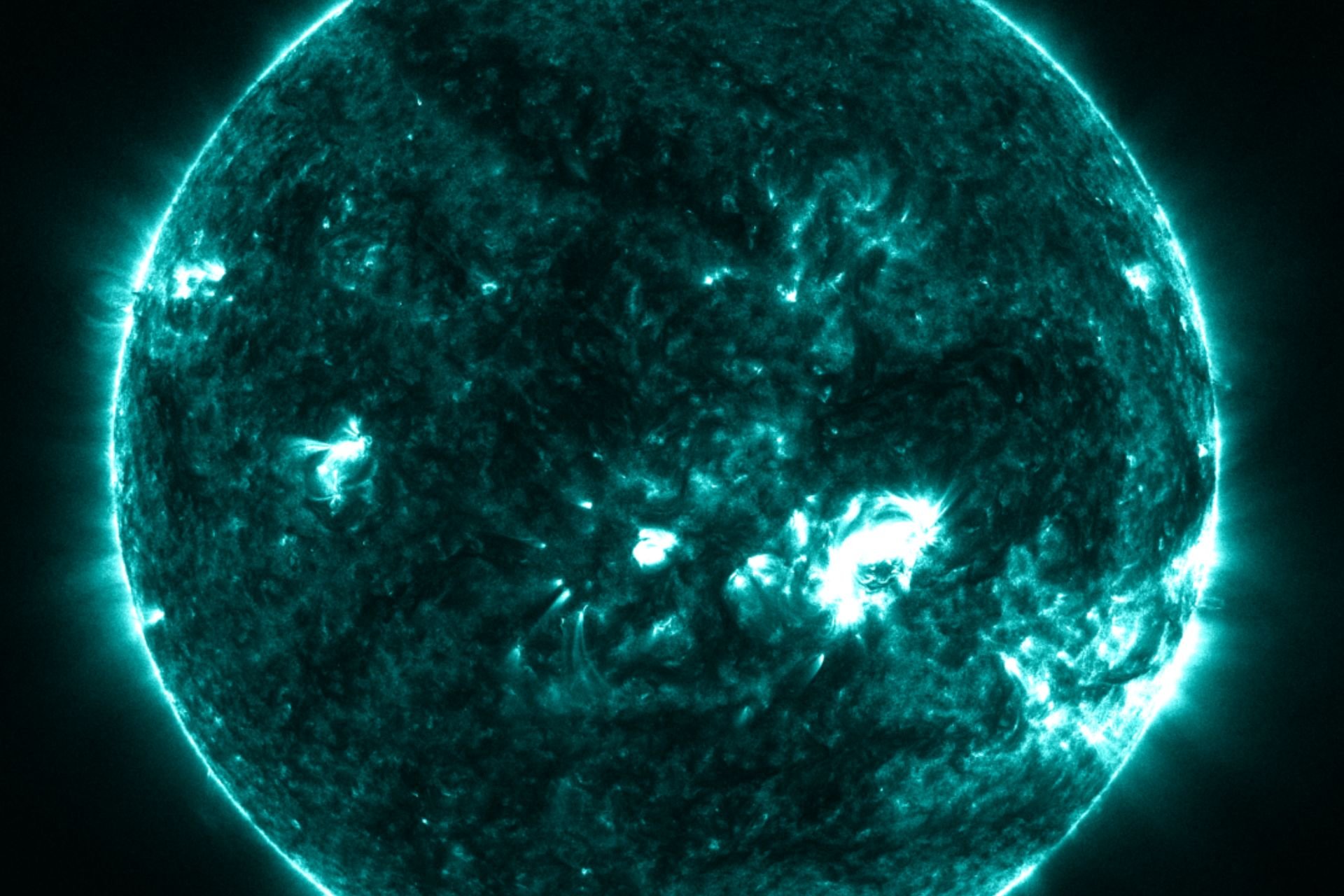UPDATE: On August 20, 2023, NASA and IBM unveiled a groundbreaking AI model named Surya designed to enhance the forecasting of solar storms, a critical need for protecting Earth’s infrastructure. This urgent development follows earlier simulations that revealed significant gaps in predicting space weather, which poses a serious threat to satellites, power grids, and communication systems.
The innovative AI model, Surya, can predict solar flares with a lead time of two hours, marking a 16% increase in accuracy compared to existing technologies. This timely advancement comes as the world grapples with potential economic impacts: a severe solar storm could result in losses as high as $2.4 trillion over five years, according to a report by Lloyd’s.
The simulation conducted earlier this year highlighted the vulnerabilities in forecasting solar activity, prompting officials to seek advanced solutions. “It’s crucial to understand how these events occur and when they are likely to happen,” stated Juan Bernabé-Moreno, director of IBM Research Europe. He emphasized the need for a reliable mechanism to predict solar activity for preparedness.
Surya operates by analyzing nine years of high-resolution data from NASA’s Solar Dynamics Observatory, which has been continuously capturing images of the Sun since its launch in 2010. This AI model effectively acts as a powerful predictive telescope, allowing scientists to visualize solar events hours in advance.
The model’s unique capability enables heliophysicists to pinpoint where solar flares may occur on the Sun’s surface, providing critical lead time for decision-makers. As Johannes Schmude, senior research scientist at IBM, explained, “Surya generates images of solar events that the SDO satellite is likely to observe, predicting the Sun’s surface conditions ahead of time.”
Authorities stress the importance of anticipating solar storms, as these phenomena can trigger geomagnetic storms that disrupt Earth’s magnetic field, resulting in significant infrastructure damage. With Surya’s predictive capabilities, the potential to avoid billions in damages becomes a reality.
In addition to immediate forecasting, IBM plans to continuously refine Surya’s model using data from Solar Cycle 25, ensuring its applicability for future solar activities. “Identifying new applications and refining Surya’s capabilities is essential for its utility,” Bernabé-Moreno added, expressing excitement for the scientific community’s collaboration in leveraging this technology.
With Surya’s launch, the stakes have never been higher for predicting solar weather. The ability to forecast solar storms not only safeguards infrastructure but also signifies a leap forward in understanding our solar system. The urgency of this technology cannot be overstated—scientists are now better equipped to face the challenges posed by solar activity, potentially saving lives and preserving critical infrastructure.
Stay tuned for more updates on how Surya is changing the landscape of solar weather forecasting and protecting Earth’s vital systems.





































































